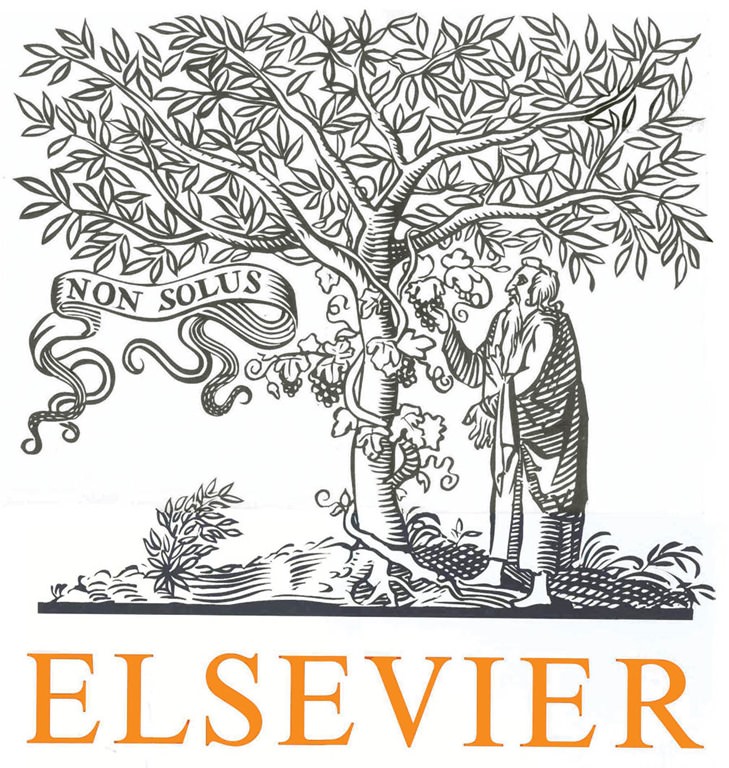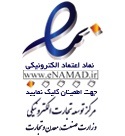1. Introduction
The investigated reefs near Fins (Fig. 1A) have previously not been studied in detail. They have been mapped as part of the Quaternary, “subrecent” marine limestone unit “Qmy” (Fig. 1B) that extends to the ocean (Fig. 1B) where it forms a cliff. The related geological description of this unit is very brief. All that is mentioned by (Wyns et al., 1992a) is that the “Qmy unit” comprises bioclastic as well as reefal limestone. The latter contains corals and calcareous algae and is overlain by a marine conglomerate (Wyns et al., 1992a). The conglomerate has been analyzed by Al Haddabi (2015) in the course of a beachrock study of the Fins/Tiwi area. Only recently, the reefs of the reefal limestone have been described in detail by Al Shukaili (2015). Her results and other data are the subject of this article. The monograph on “Reef corals and coral reefs of the Gulf of Oman” by Claereboudt (2006) provided significant orientation in describing the reefs and in classifying the corals.
According to Wyns et al. (1992a), the “Qmy unit” forms a marine terrace at an elevation between 10 and 20 m. They correlated this terrace with marine deposits occurring at an elevation of 12e15 m close to Ras al Jibsh (Fig. 1A), east of the Wahiba Sands, which have been dated by the 14C method as 21,280 ± 280 yr B.P and 31,110 ± 530 yr B.P. on mollusk shells by Gardner (1988). Moreover, Wyns et al. (1992a) also correlate the “Qmy unit” with deposits of a drillhole core from Muttrah near Muscat. This core revealed a high sea-level at 31,890 ± 765 yr B.P. (Hannss, 1991, in Wyns et al., 1992a). Based on these ages, Wyns et al. (1992a) assigned a Weichselian age to these marine deposits. The Weichselian designates the last glacial period of the Pleistocene glaciation, when the global sea-level was 120 m (±20 m, according to most estimates) lower than today, approximately 21,000 yr B.P. (Pirazzoli and Pluet, 1991; see also Siddall et al., 2003).
Uplift of Quaternary marine terraces above sea-level may measure 190 m in the Tiwi/Fins area (Kusky et al., 2005). Northern Oman has active fault systems that accommodate uplift (Kusky et al., 2005). The fact that the Arabian Plate underrides Eurasia in the north (Iranian sector) may create a forebulge where the Fins/ Tiwi area is located and bulging may be responsible for the uplift (Kusky et al., 2005). For more details on the geology of the marine terraces of the Fins/Tiwi area the reader is referred to the regional studies of Kusky et al. (2005), Hoffmann et al. (2013) and Yuan et al. (2016).
Since there are no details on the reefs of the “Qmy unit” available, we intend to contribute to their understanding by a geomorphological characterization of two small reefs (Fig. 1), determination of the coral species, the description of their growth forms and ecology. This takes place against the backdrop of increasing building development which is affecting the marine terraces of the Fins/Tiwi area as they represent sought after building sites with special consideration of the proximity of the rapidly expanding community of Fins (Fig. 1). These aspects could very soon lead to the disappearance of the reefs. Thus, there is some urgency to document the above mentioned reef features before the reefs will be lost. Since the reefs are situated on a marine terrace it is of interest to know their exact elevation which we determined.








